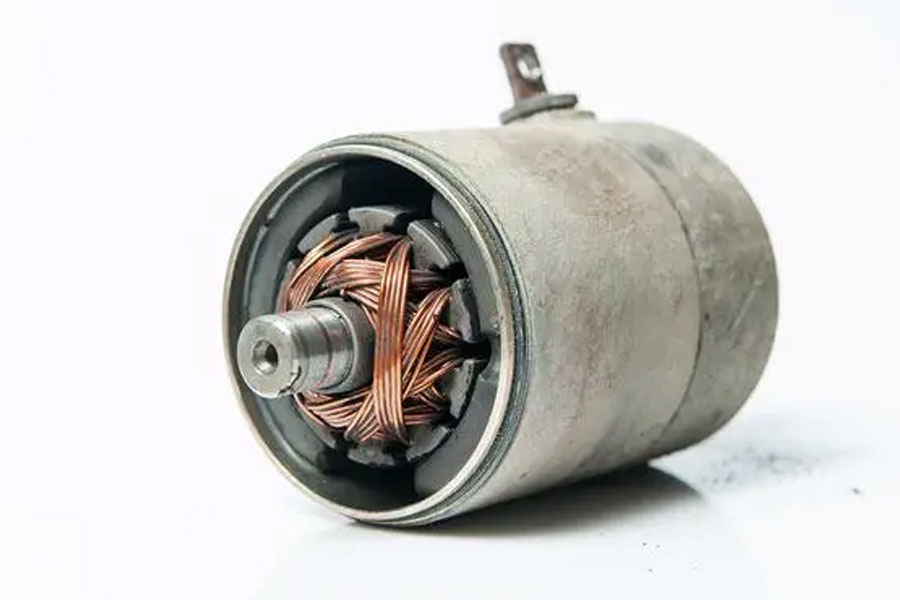
Generally, the metal 3D printing technology based on powder forming often has high requirements on the material and physical and chemical properties of its basic unit, the metal powder. Take the selective laser melting 3D printing technology as an example: on the one hand, due to the use of laser melting metal, it is difficult to form high reflectivity and non-weldable alloy materials; on the other hand, the use of powder tank powder supply technology requires high fluidity of metal powder, and generally coarser (particle size range 15-53 μm) spherical metal particles are used as forming materials for printing. The preparation process of spherical metal powder further increases the cost of raw materials. The binder jet metal 3D printing technology has changed the above situation: the types of printing materials are not limited, the particle size of the printing powder is finer, and the requirements for the sphericity of the printing materials are lower.
Shared Intelligent Equipment* The newly self-developed AJM series binder jetting metal 3D printing system realizes part forming by bonding metal powder with organic binder at room temperature. Therefore, the raw materials suitable for printing with this series of equipment are very wide, not only suitable for various iron-based alloys, titanium-based alloys, and nickel-based alloys, but also suitable for refractory or highly reflective metal powders such as tungsten and copper. In addition, after experimental verification, this series of equipment also shows the advantages of forming various oxide ceramics, carbide ceramics and graphite and other materials. The AJM series 3D printing equipment independently developed by Sharing Intelligent Equipment has solved the problem of uneven powder spreading of ultra-fine metal powder by adopting ultrasonic powder feeding and multiple roller compaction powder spreading methods, and expanded the lower limit of the particle size of printable materials from 15 μm to 2 μm, ensuring that the printed product has a finer structure, higher performance and surface quality, and the upper limit has been extended from 53 μm to 100 μm. At the same time, the equipment has low requirements for the flow of metal powder. Even for non-spherical powders with poor fluidity (the angle of repose is 25-45°), the metal green body can be printed and formed by replacing the powder screen and adjusting the printing parameters. (Spherical Powder (SLM)) (Aspherical Powder (AJM))
Spherical metal powder is usually obtained by atomization method, rotating electrode method or spheroidization method, and the preparation cost is relatively high. Non-spherical metal powder can save this step and reduce the cost of raw material preparation. Taking tungsten powder as an example, the price of spherical tungsten powder is about 1,000 yuan/kg, while the price of non-spherical tungsten powder is only 400 yuan/kg. In this comparison, when the AJM series binder jet 3D printing system uses non-spherical tungsten powder for printing, it can save 3/5 of the cost of the powder raw material.
Metal binder jetting metal 3D printing technology has become a strong trend in China, and the quality, efficiency and cost have been greatly optimized. The industrial-grade binder jetting metal 3D printing system independently developed by Share Intelligent Equipment for large-scale production will show strong vitality in the mass production of metal parts in the future.